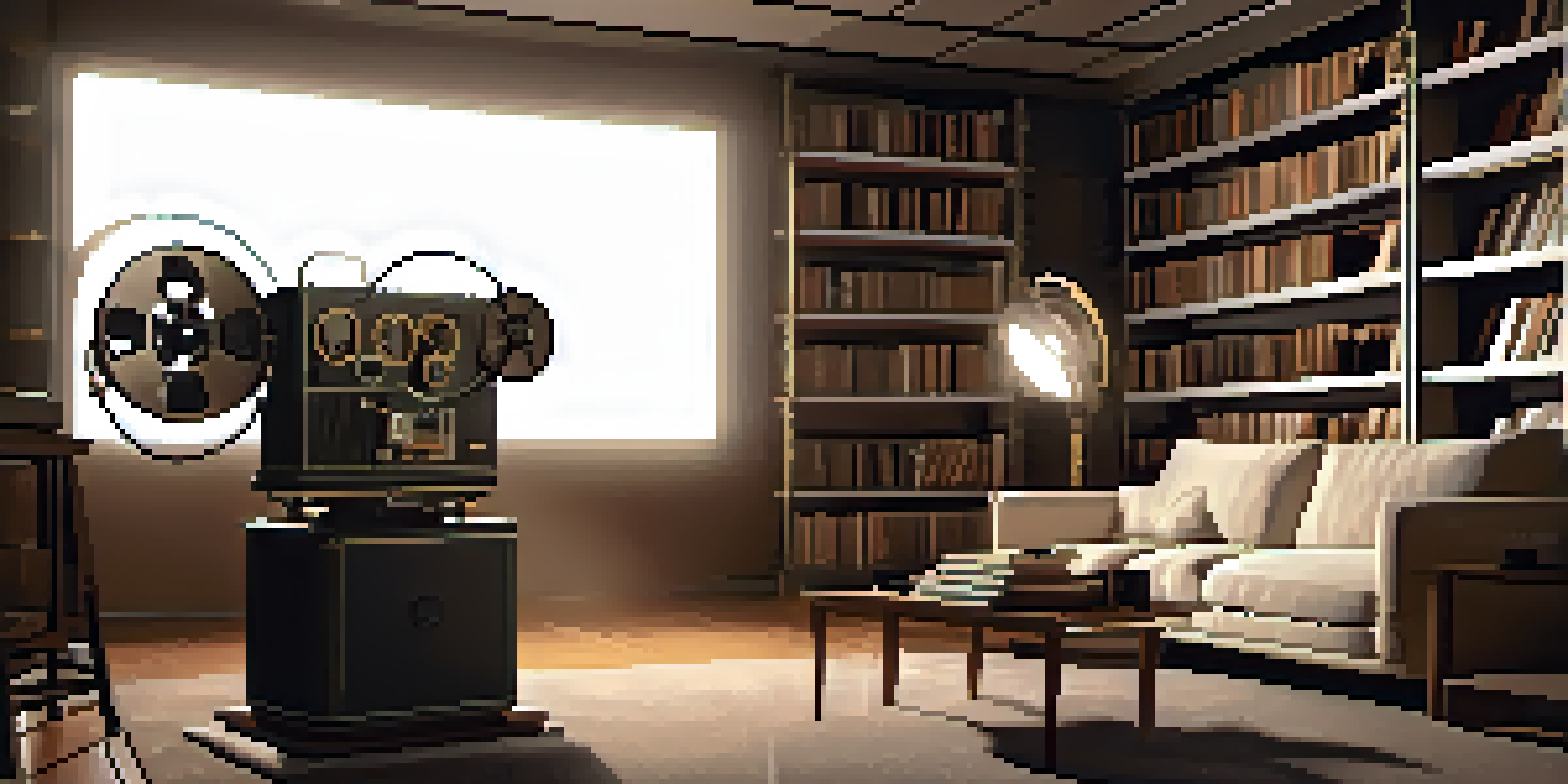The Evolution of Genre Criticism in Film Studies

Understanding Genre: The Foundation of Film Studies
Genre serves as a crucial framework for categorizing films, helping audiences understand what to expect. At its core, genre classification allows viewers to navigate the vast film landscape, identifying patterns and themes that resonate with them. This foundational concept has evolved over the decades, reflecting changes in societal norms and audience expectations. As film studies matured, the examination of genre became a focal point for scholars seeking to analyze the cultural implications behind these classifications.
Early Genre Criticism: Classical Approaches
In the early days of film studies, genre criticism relied heavily on rigid definitions and classifications. Scholars would categorize films strictly as comedies, dramas, or horrors, often overlooking the nuances within these categories. This classical approach aimed for clarity but sometimes stifled creativity, as films that blended genres were often left out of the conversation. The constraints of early genre criticism paved the way for a more flexible understanding of cinema, which would emerge in later decades.
Genre Defines Audience Expectations
Genre serves as a crucial framework for categorizing films, helping audiences navigate the vast landscape of cinema.
The Rise of Cultural Context in Genre Analysis
As film studies progressed, the importance of cultural context in genre analysis became increasingly recognized. Critics began to understand that genres were not just static categories but rather dynamic entities shaped by cultural, historical, and social factors. This shift encouraged scholars to explore how genres reflected and influenced societal attitudes, leading to richer interpretations of films. By examining the cultural significance of genres, film studies took a more holistic approach to understanding cinema.
Genre as a Fluid Concept: Postmodern Perspectives
The postmodern era brought a shift in how genres were perceived, highlighting their fluidity. Filmmakers began to experiment with genre conventions, blending elements from different genres to create unique cinematic experiences. This playful deconstruction of genre norms challenged traditional classifications and invited audiences to rethink their expectations. As a result, genre criticism evolved to accommodate this complexity, allowing for diverse interpretations and expanding the boundaries of what constitutes a genre.
Cultural Context Shapes Genre Analysis
The importance of cultural context in genre analysis has led to richer interpretations of films, reflecting societal attitudes.
Digital Age: The Impact of Technology on Genre
The rise of digital technology has significantly influenced genre criticism in film studies. With the advent of streaming platforms and digital filmmaking, genres have become more accessible and diverse than ever before. Audiences are now exposed to a wider range of films that defy traditional genre boundaries, leading to a richer tapestry of cinematic storytelling. This digital revolution has prompted scholars to reconsider how genres are defined and categorized in an ever-evolving landscape.
Intersectionality and Genre: A New Lens
In recent years, the concept of intersectionality has emerged as a vital component of genre criticism. This approach considers how various social identities—such as race, gender, and class—intersect within genre frameworks. By examining films through an intersectional lens, critics can uncover hidden narratives and challenge dominant genre tropes. This enriched perspective not only enhances our understanding of genre but also illuminates the diverse experiences that exist within the cinematic world.
Intersectionality Enhances Genre Criticism
By applying an intersectional lens, critics can uncover hidden narratives and challenge dominant genre tropes, enriching our understanding of cinema.
The Future of Genre Criticism: Emerging Trends
Looking ahead, genre criticism in film studies is poised to evolve further, embracing new trends and methodologies. As global cinema continues to diversify, scholars are likely to explore genres from different cultural perspectives, enriching the discourse around film. Additionally, the blending of genres will only become more prevalent, challenging critics to adapt their frameworks to accommodate this complexity. The future of genre criticism promises to be dynamic, reflecting the ever-changing nature of film itself.
Conclusion: The Ongoing Journey of Genre in Film Studies
In conclusion, the evolution of genre criticism in film studies is a testament to the adaptability of the discipline. From rigid classifications to a more nuanced understanding of cultural contexts, genre analysis has transformed significantly over the years. As audiences continue to engage with films in new ways, genre criticism will remain a vital tool for deciphering the layers of meaning embedded within cinema. This ongoing journey reflects not only the art of film but also the complexities of human experience.